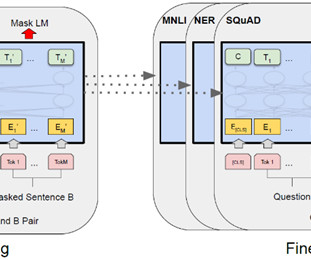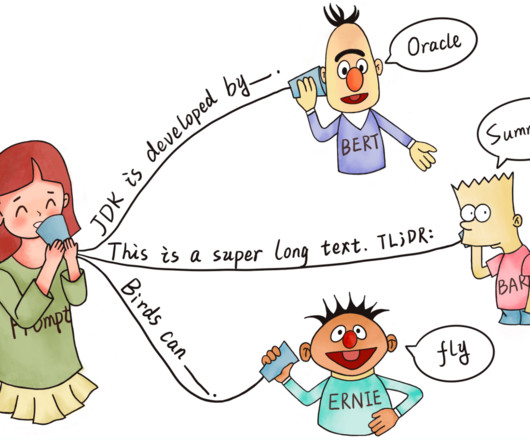Stanford AI Lab Papers and Talks at ICLR 2022
The Stanford AI Lab Blog
APRIL 25, 2022
We’re excited to share all the work from SAIL that’s being presented, and you’ll find links to papers, videos and blogs below. Feel free to reach out to the contact authors directly to learn more about the work that’s happening at Stanford!













Let's personalize your content